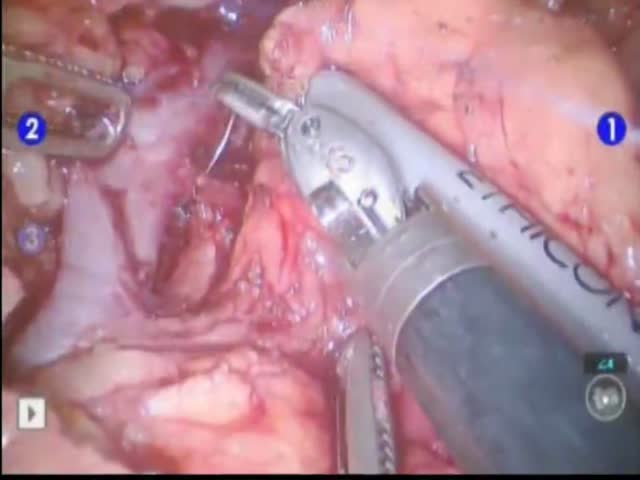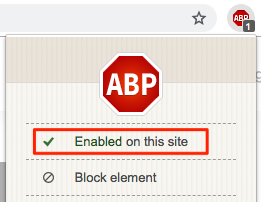
Chicago 2009 Video – Robot Assisted Spleen Preserving Distal Pancreatectomy: A medial to Lateral Approach
January 14, 2010
Enrique Fernando Elli (Chicago – USA)
Background/Hypothesis
Minimally invasive spleen-preserving distal pancreatectomy (SPDP) represents a safe and reliable surgical option for benign or borderline tumors of the body and tail of the pancreas. Two techniques are currently adopted for the preservation of the spleen, one entail the preservation of the splenic vessels whereas the other sacrifices the splenic vessels, leaving the short gastric vessels to supply the spleen. The latter technique has been associated with a higher rate of splenic complications. We report our approach to robot-assisted SPDP based on the principle of systematic splenic vessels preservation by medial-tolateral dissection.
Materials & Methods
A five trocar technique is used.The dissection begins at the neck of the pancreas in order to achieve control of the proximal splenic artery. The pancreatic neck is freed from the superior mesenteric vein, the splenomesenteric confluence, and the portal vein, thereby creating a retropancreatic tunnel between the posterior aspect of the pancreas and the portal vein. Then the neck of the pancreas is transected using the Harmonic shears and the proximal stumps is reinforced with 4/0 prolene interrupted stitches. The distal stumps is then lifted using two stay sutures and all the venous branches that connect the pancreas to the splenic vein are isolated and sutures ligated with prolene 4/0-5/0.
Results
Between June 2001 and July 2009 this technique has been used to perform SPDP in twelve out of twenty-four patients who underwent robot-assisted spleen-preserving distal pancreatectomy P. No conversion occurred. The mean operative time was 256 min (range 140- 340). The splenic vessels were preserved in all cases. The mean size of the lesions resected was 29mm (range, 12-60mm). Three patients developed a pancreatic fistula which was treated conservatively in all but one who required a percutaneous radiologic drainage.
Conclusions
Robotic SPDP is a safe and feasible for benign and borderline pancreatic tumours of the body and tail of the pancreas. A medial to lateral approach using the robotic assistance may facilitate the rate of splenic vessels preservation during minimally invasive spleen preserving distal pancreatectomy







